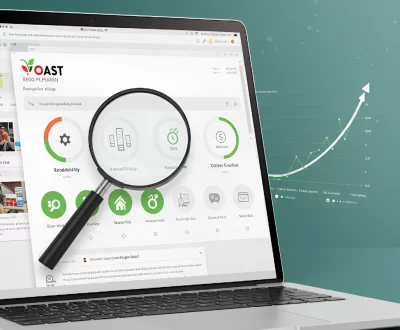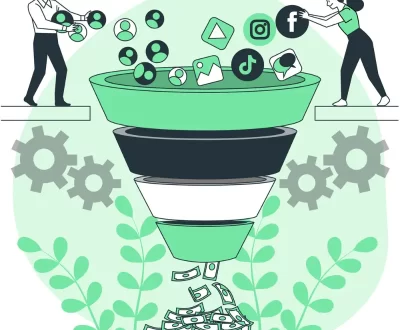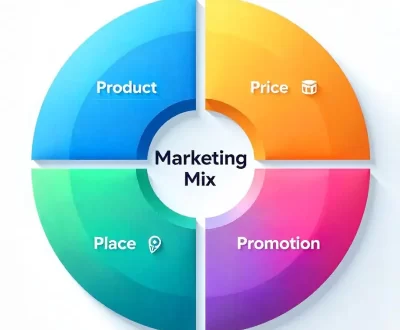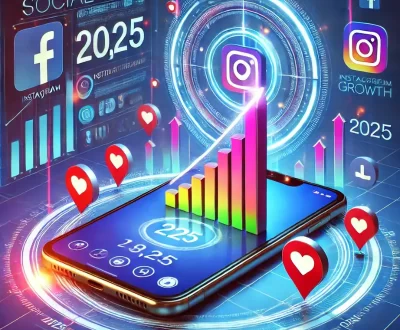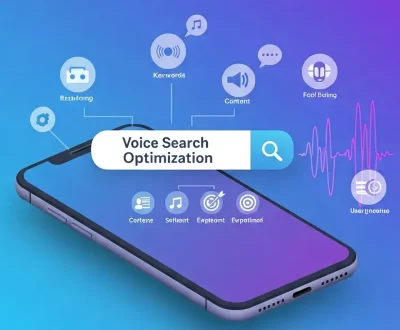Difference between Inbound and Outbound Marketing: Benefits, and Best Strategies for 2025
- March 16, 2025
- Uncategorized
In the ever-evolving world of marketing, businesses are constantly adapting to new strategies to capture attention and drive growth. Two of the most popular approaches are inbound marketing and outbound marketing. But what exactly are they, and which one should you focus on in 2025?
In this blog post, we’ll break down the key differences, benefits, and best strategies for both inbound & outbound marketing. Plus, we’ll share actionable tips to help you create a winning marketing plan for the future.
Inbound Marketing vs Outbound Marketing: What’s the Difference?
Let’s start with the basics.
Inbound Marketing
Inbound marketing is all about attracting customers naturally by creating valuable content and experiences tailored to their needs. It’s like setting up a magnet that pulls people toward your brand.
Examples:
- Blog posts, eBooks, and whitepapers
- SEO-optimized content
- Social media engagement
- Email newsletters
- Webinars and online courses
Inbound marketing focuses on building trust and relationships over time.
Outbound Marketing
Outbound marketing, on the other hand, is more traditional and involves reaching out to potential customers directly. It’s like casting a wide net to catch as many fish as possible.
Examples:
- TV and radio ads
- Cold calling
- Print advertisements
- Banner ads
- Direct mail
Outbound marketing is about pushing your message to a broad audience.
🏆 Benefits of Inbound Marketing
- Cost-Effective: Inbound marketing often costs less than outbound strategies, especially when leveraging organic channels like SEO and social media.
- Builds Trust: By providing value upfront, you establish credibility and trust with your audience.
- Long-Term Results: High-quality content can continue to attract leads for months or even years.
- Targeted Approach: You can tailor your content to specific buyer personas, ensuring you reach the right people.
🏆 Benefits of Outbound Marketing
- Immediate Impact: Outbound strategies like ads can generate quick results, making them ideal for time-sensitive campaigns.
- Broad Reach: You can target a large audience, even if they aren’t actively searching for your product or service.
- Brand Awareness: Outbound tactics like TV ads are great for building brand recognition on a massive scale.
- Control Over Messaging: You have complete control over how and when your message is delivered.
🚀 Best Strategies for 2025
Inbound Marketing Strategies
- Focus on SEO: Optimize your website and content for search engines to attract organic traffic. Use long-tail keywords and voice search optimization.
- Leverage Video Content: Create engaging videos for platforms like YouTube, TikTok, and Instagram Reels.
- Personalize Email Campaigns: Use data to send personalized emails that resonate with your audience.
- Invest in Chatbots and AI: Use AI-powered tools to provide instant customer support and improve user experience.
Outbound Marketing Strategies
- Programmatic Advertising: Use AI to automate ad placements and target specific audiences in real time.
- Interactive Ads: Create ads that encourage user interaction, such as quizzes or polls.
- Retargeting Campaigns: Reach out to users who have already interacted with your brand but didn’t convert.
- Influencer Partnerships: Collaborate with influencers to promote your products or services to their followers.
🤔 Which One Should You Choose?
The truth is, you don’t have to pick just one. A balanced approach that combines inbound and outbound marketing can yield the best results. For example, use inbound tactics to nurture long-term relationships and outbound strategies to boost short-term sales.
📊 Visual Comparison: Inbound vs Outbound Marketing
| Aspect | Inbound Marketing | Outbound Marketing |
|---|---|---|
| Cost | Lower | Higher |
| Time to See Results | Longer | Faster |
| Audience Reach | Targeted | Broad |
| Engagement | High | Moderate |
| Best For | Building relationships | Quick wins and brand awareness |
💡 Pro Tip for 2025
As we move into 2025, the line between inbound and outbound marketing will continue to blur. For example, social media ads (outbound) can be highly targeted and personalized (inbound). The key is to stay agile and adapt to changing consumer behaviors.
🌟 Conclusion
Both inbound and outbound marketing have their unique strengths. Inbound marketing is perfect for building trust and long-term relationships, while outbound marketing excels at generating quick results and broad awareness.
By combining the best of both worlds, you can create a powerful marketing strategy that drives growth and keeps your brand ahead of the curve in 2025.
What’s your take on inbound vs outbound marketing? Share your thoughts in the comments below!

